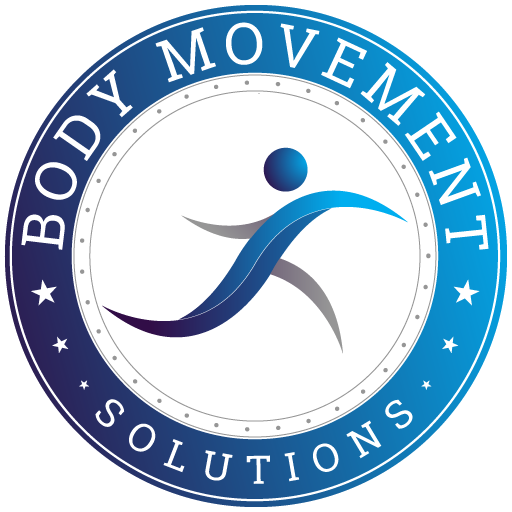Athletic performance is often measured by an athlete’s strength, speed, agility, and endurance. However, the frequently overlooked aspect of joint mobility is a game-changer that can significantly enhance these attributes. While full-body mobility exercises are popular in many training regimens, isolated joint mobility training takes a more focused approach. This type of training zeroes in on specific joints, enhancing their range of motion, reducing injury risk, and ultimately improving overall athletic performance. Let’s explore how this new perspective on isolated joint mobility training can be a game-changer for athletes of all levels.
Understanding Isolated Joint Mobility
Isolated joint mobility training involves exercises that target specific joints to improve their range of motion, flexibility, and strength. Unlike general mobility routines that may engage multiple joints and muscle groups simultaneously, isolated exercises focus on one joint at a time. This targeted approach allows for a deeper, more controlled stretch and strengthening, helping to correct imbalances, enhance joint health, and improve functional movement patterns.
For example, a baseball pitcher might focus on isolated shoulder mobility exercises to increase their throwing range. At the same time, a sprinter might concentrate on ankle mobility to improve stride efficiency and reduce the risk of sprains.
Benefits of Isolated Joint Mobility Training
- Correction of Movement Patterns
Poor joint mobility can lead to compensatory movement patterns, where the body uses incorrect muscles or joints to perform a movement. This compensation can create inefficiencies and increase injury risk. Isolated joint mobility training helps correct these patterns by improving the function of the targeted joint, allowing for more natural and efficient movement.
- Enhanced Performance
Increased joint mobility directly translates to improved athletic performance. For instance, greater ankle mobility allows for better push-off and landing mechanics in running and jumping sports. Enhanced shoulder mobility can lead to more powerful and controlled throwing or swimming strokes. Athletes can perform movements with greater precision, power, and fluidity by optimizing the range of motion in key joints.
- Improved Recovery
Regular isolated joint mobility exercises can also aid in recovery. After intense workouts, joints can become stiff and sore, limiting movement and potentially leading to further injury. Incorporating mobility exercises into a cool-down routine can help maintain joint flexibility, reduce stiffness, and promote quicker recovery.
- Injury Prevention
One of the most significant benefits of isolated joint mobility training is its role in injury prevention. When joints have a limited range of motion, other body parts often compensate, leading to imbalances and increased strain on muscles, tendons, and ligaments. By improving the mobility of a specific joint, the body can move more efficiently, reducing the likelihood of overuse injuries and acute injuries such as sprains and strains. This knowledge can give you the confidence that your training is not only enhancing your performance but also keeping you safe.
Practical Application of Isolated Joint Mobility Training
Integrating isolated joint mobility training into your routine is not only beneficial but also practical and manageable. It can yield substantial results without a significant time investment. Here’s how you can incorporate it effectively:
Warm-Up: Start with a general warm-up to increase blood flow, then spend 5-10 minutes on isolated joint mobility exercises relevant to your sport. For example, if you’re a runner, focus on ankle, knee, and hip mobility.
Daily Routine: Incorporate isolated mobility training exercises into your daily routine. Even spending 10-15 minutes daily on targeted joints can lead to significant improvements over time. Focusing on the areas of your body that are the stiffest can be an effective use of time and enhance movement fluency.
Cool-Down: As part of your cool-down, perform isolated joint mobility exercises to help reduce muscle tightness and promote recovery.
Sport-Specific Focus: Tailor your mobility work to the demands of your sport. Tennis players, for instance, may focus more on shoulder and wrist mobility, while golfers may prioritize hips, spine, and shoulders.
Isolated joint mobility training is a powerful tool in the athlete’s arsenal. By focusing on the flexibility, strength, and range of motion of specific joints, athletes can prevent injuries and enhance their overall performance. Whether you’re a weekend warrior or a professional athlete, incorporating this targeted approach into your training routine can unlock new levels of athletic potential. Remember, a joint that moves well performs well—so give your joints the attention they deserve, and watch your athletic performance soar.


